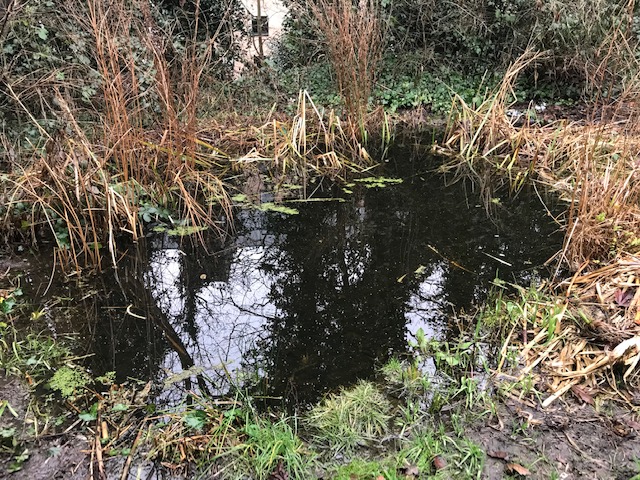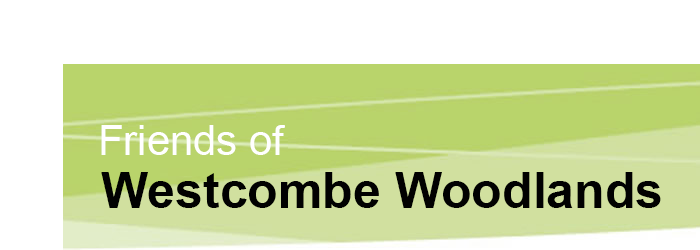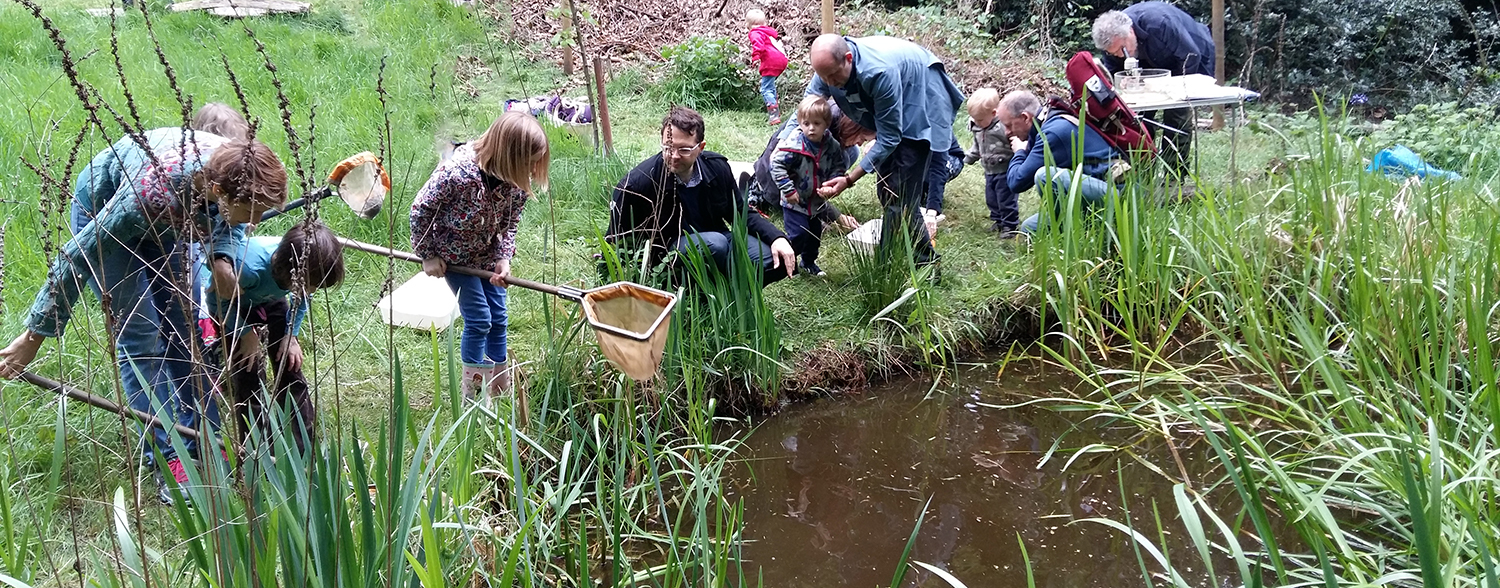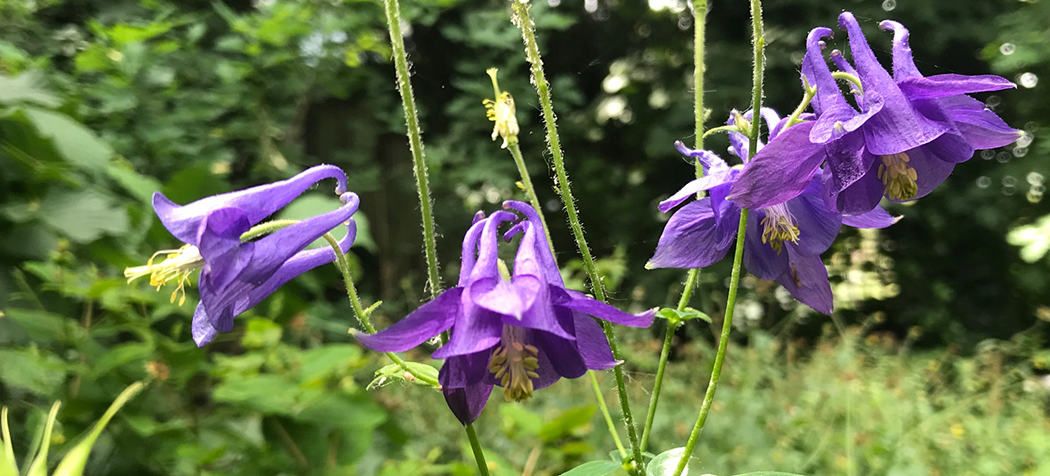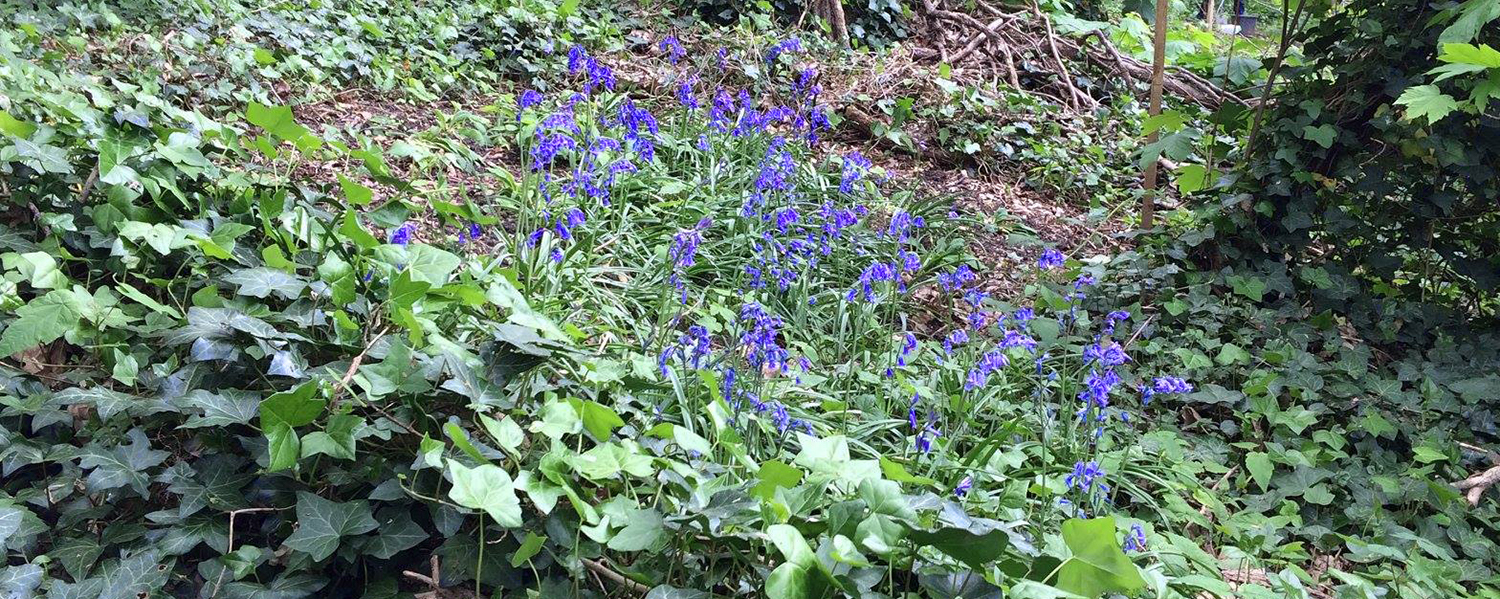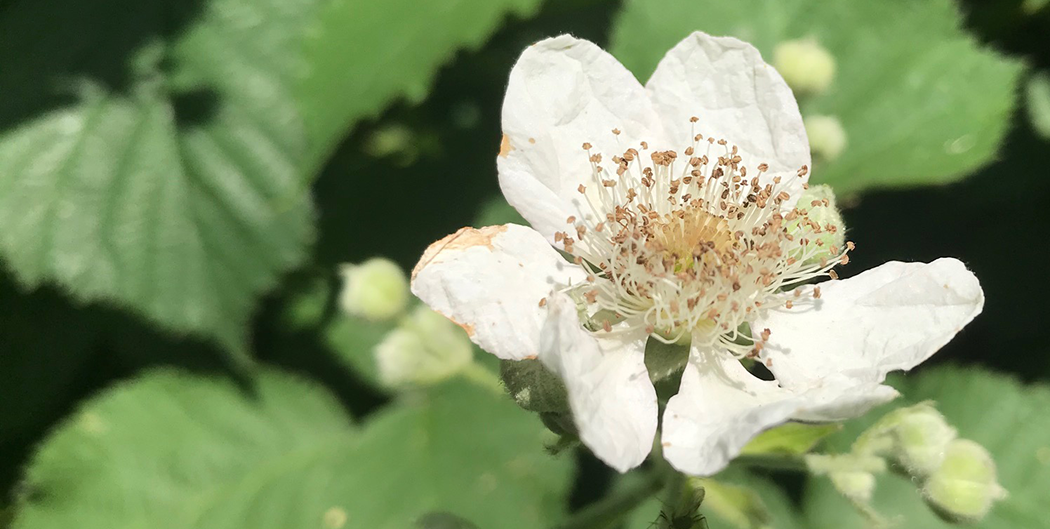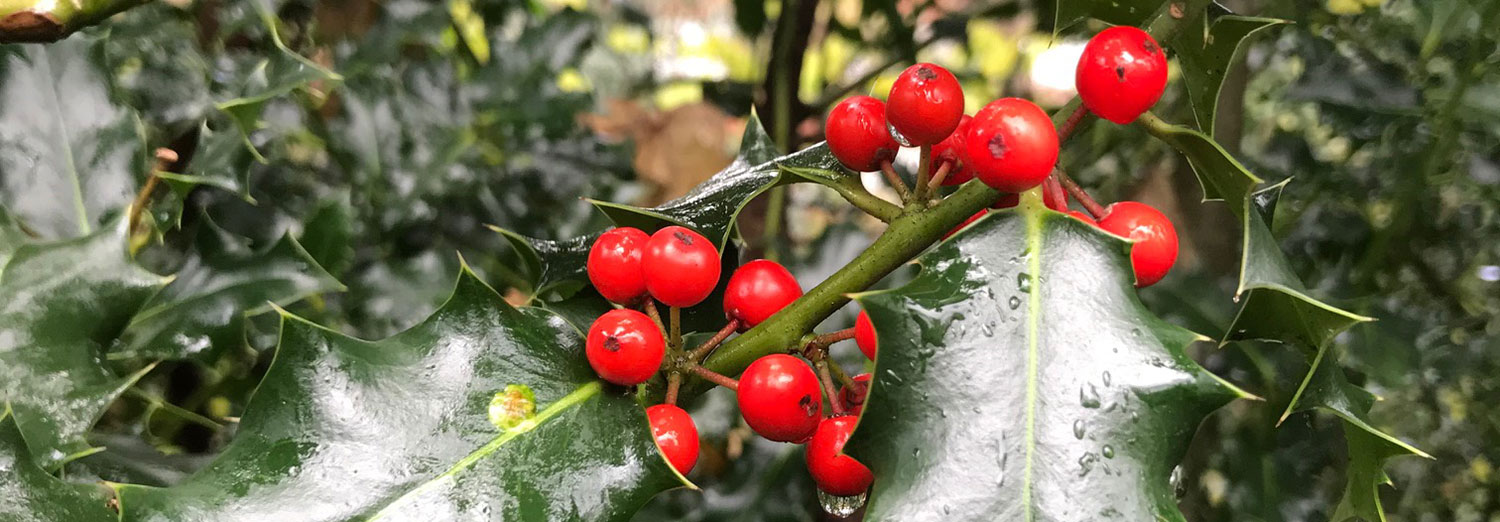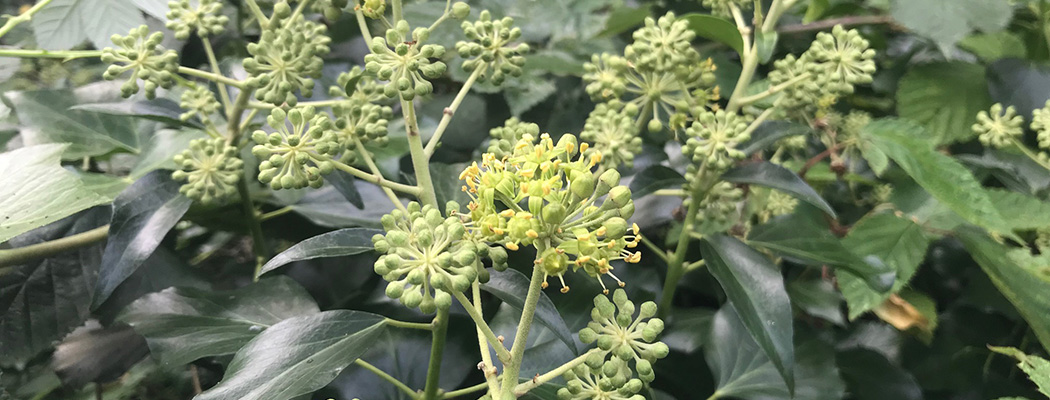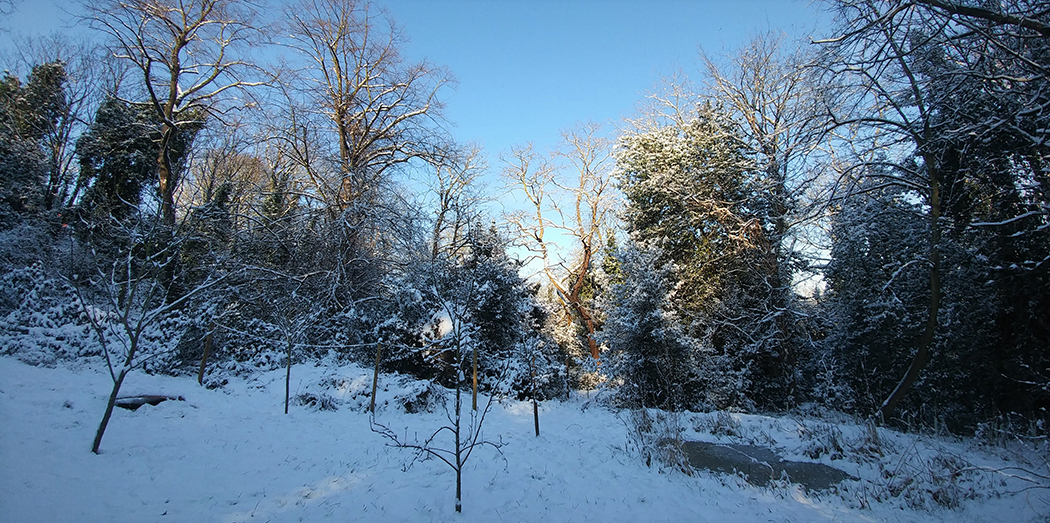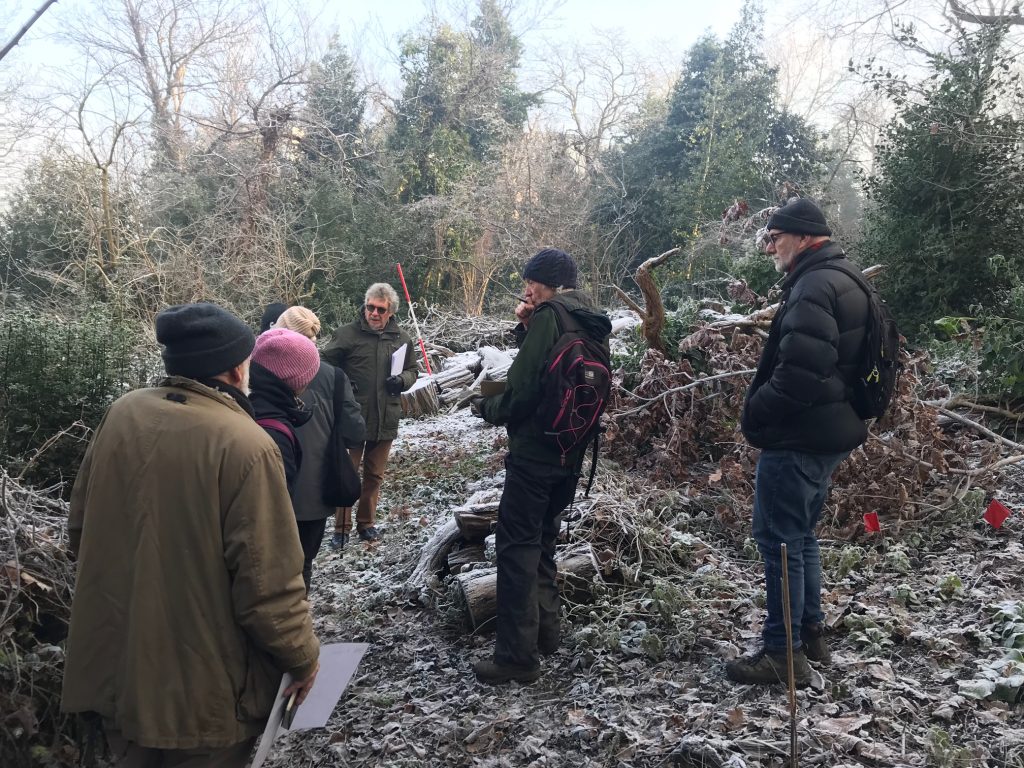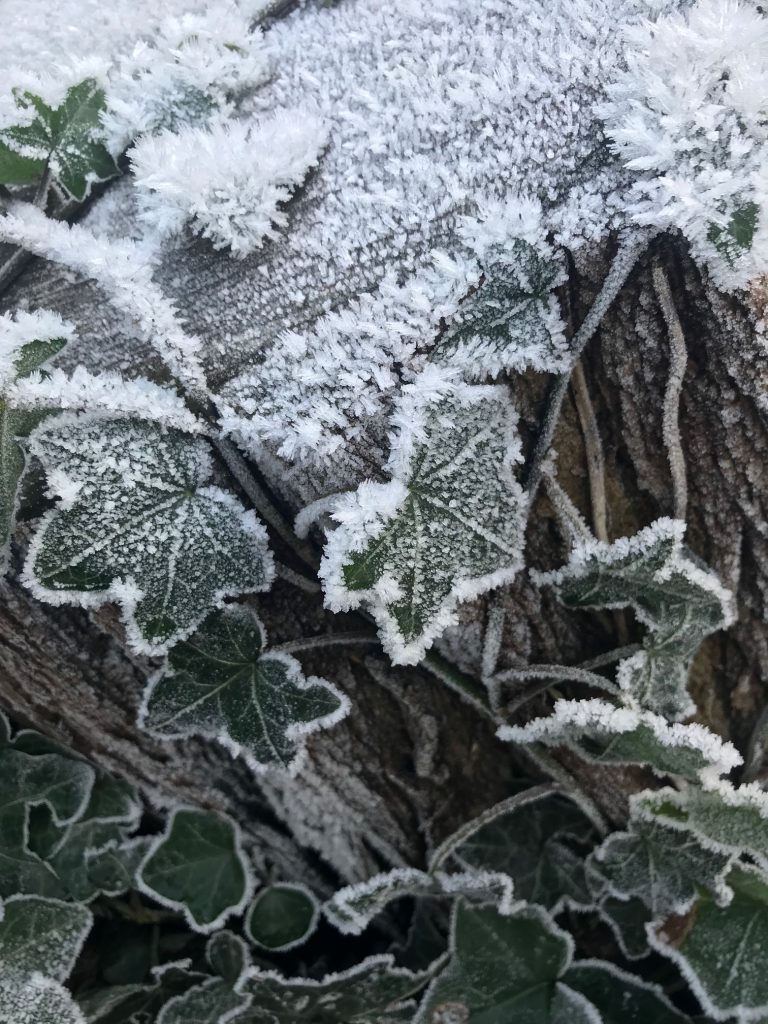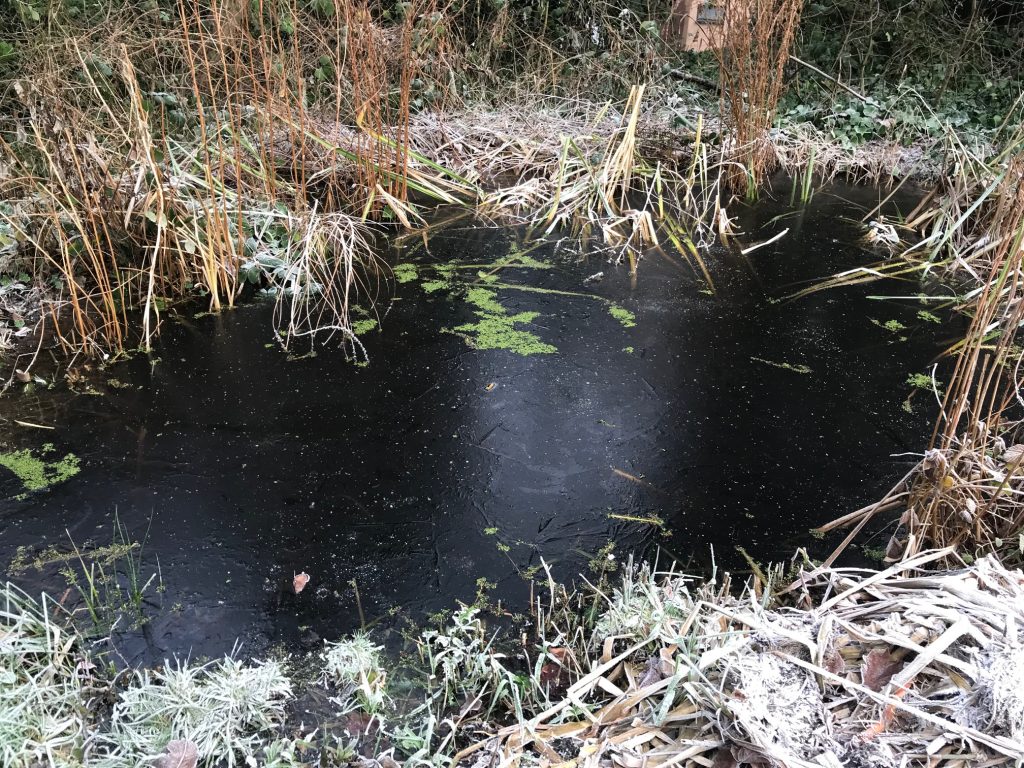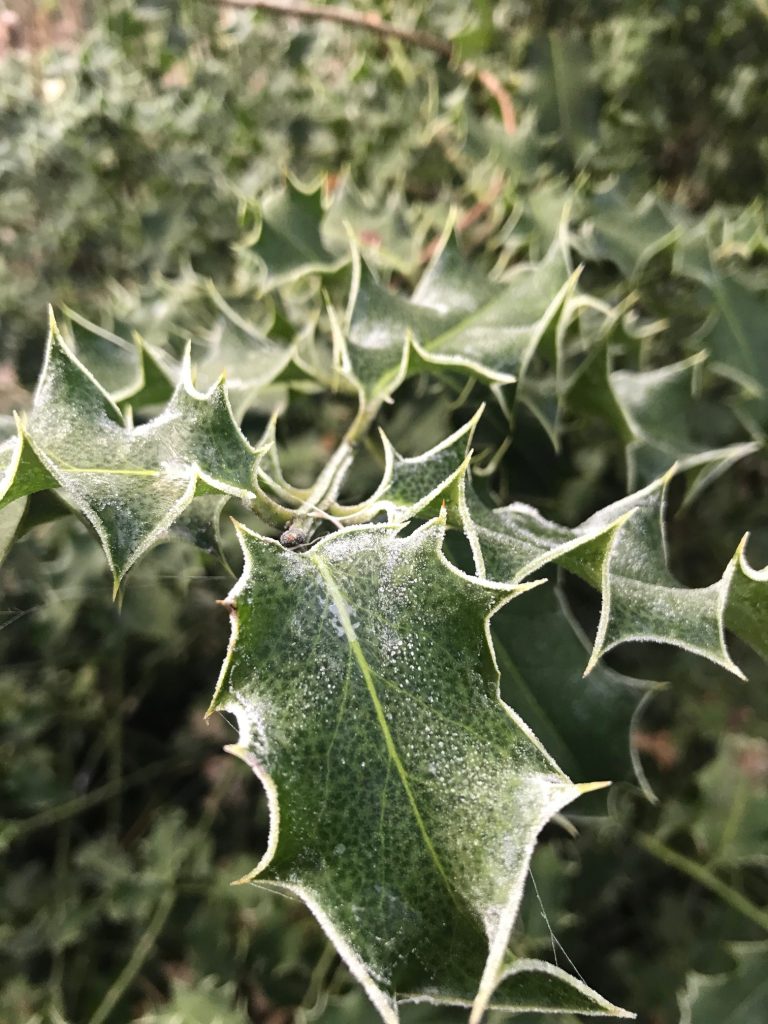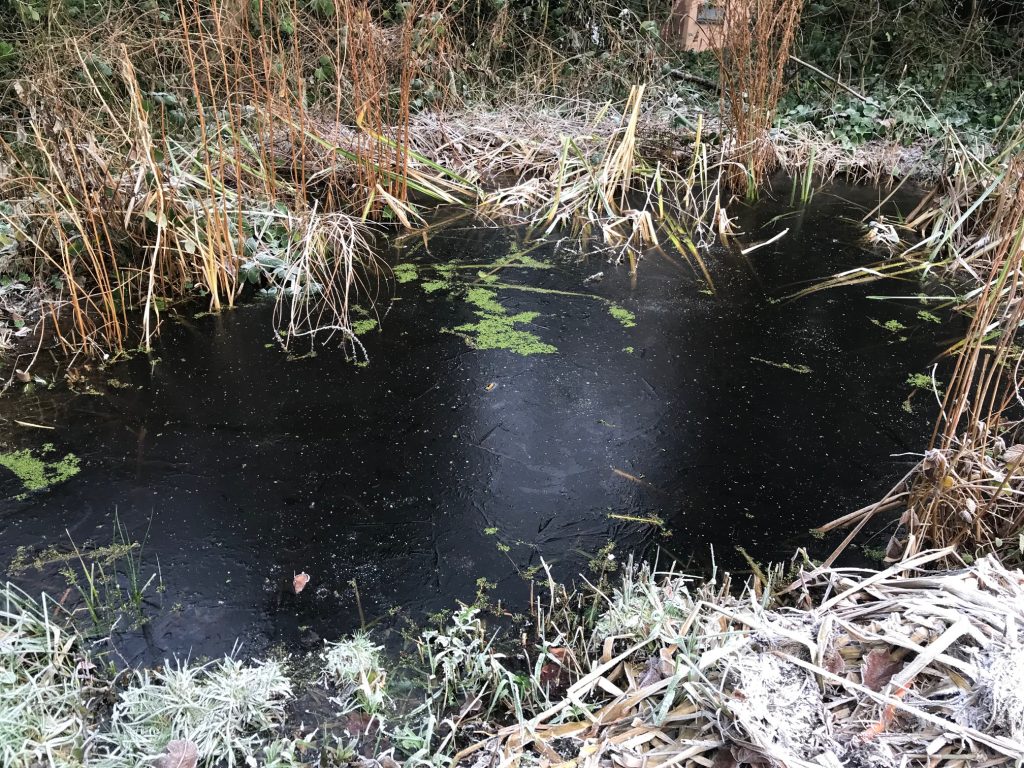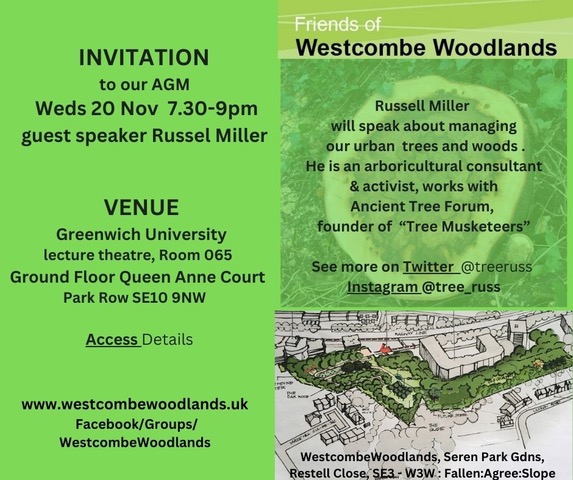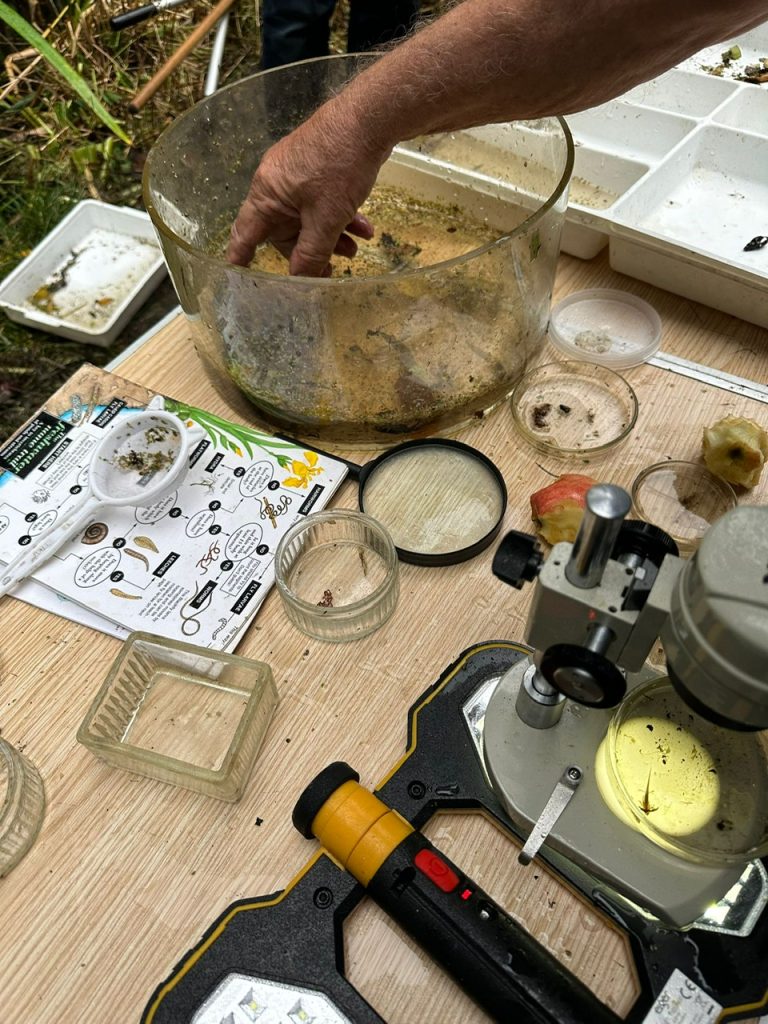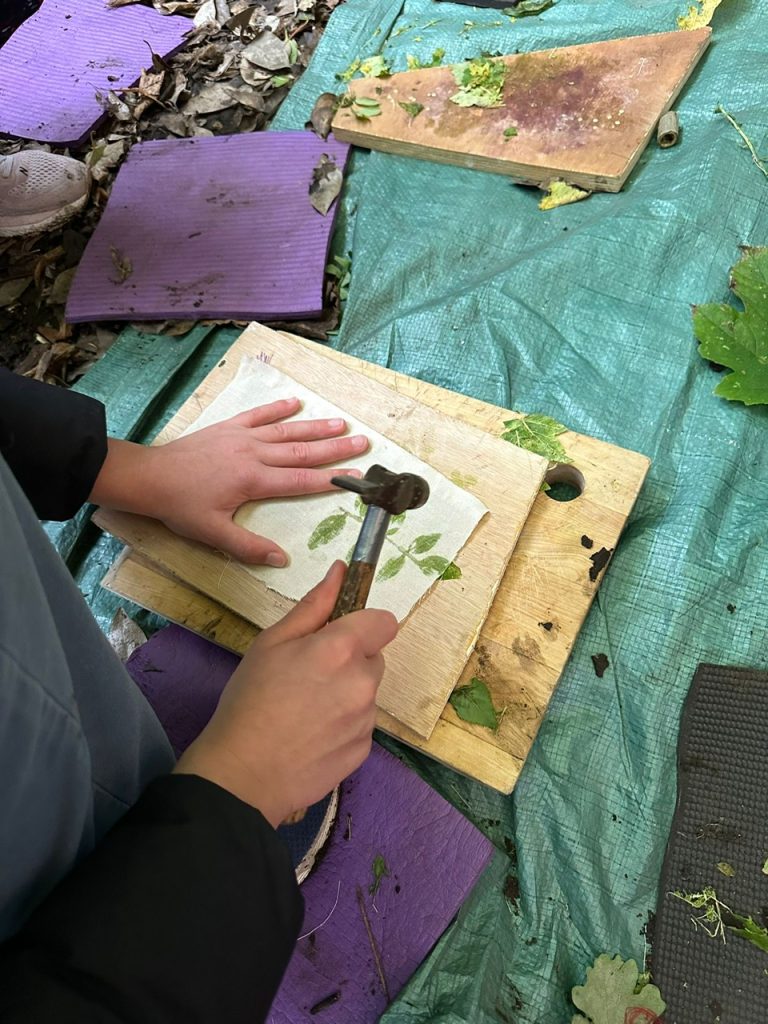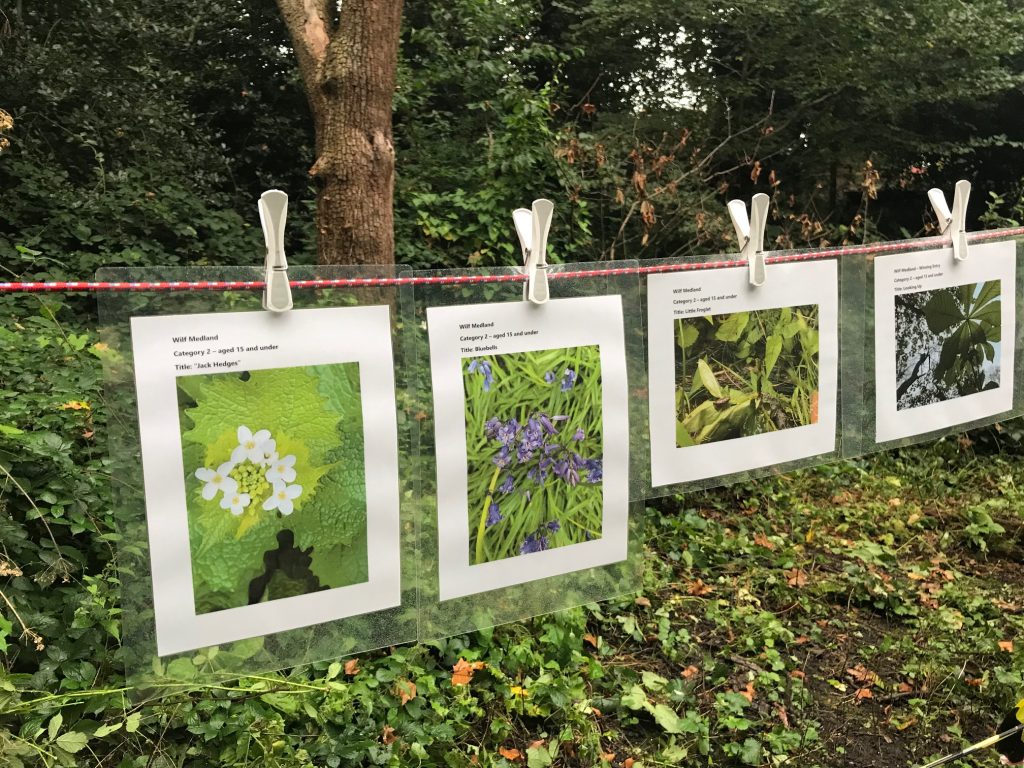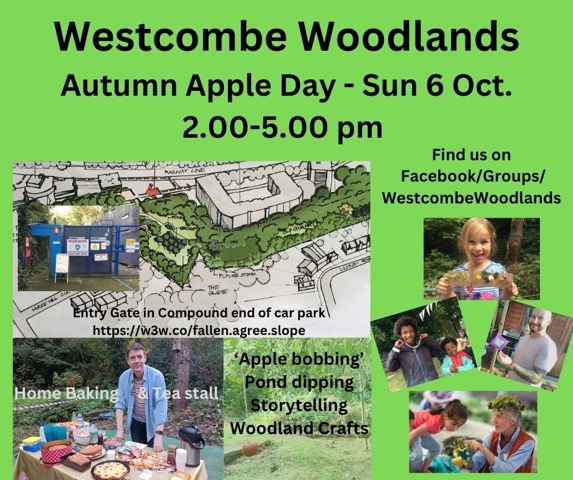Yesterday’s volunteer morning, for those that participated in our January event, was much warmer, a definite relief to cold fingers and toes! The event was also very well attended too, with committee members, volunteers and members of the local Charlton -based “Good Gym”, see the photos of people enjoying a half-time coffee and biscuit break.
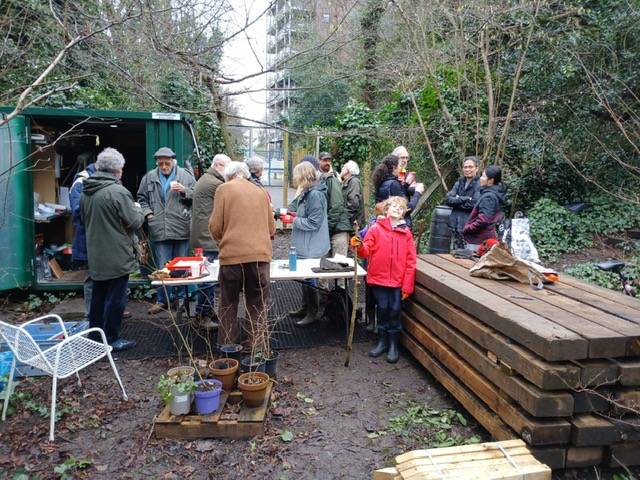
The main entrance to the site is also looking very different with the portacabins from neighbouring Seren Park Gardens being removed. After 2 years, it was a surprise to see the entrance again!
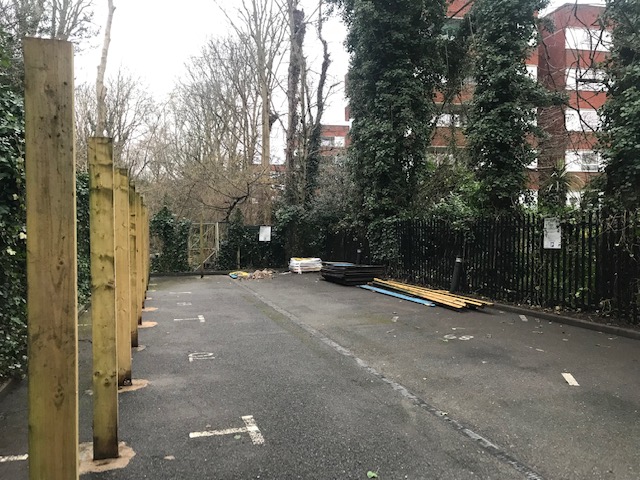
Also continuing on from last month, we have salvaged un-used wood and a small shed which will soon find a new lease of life.
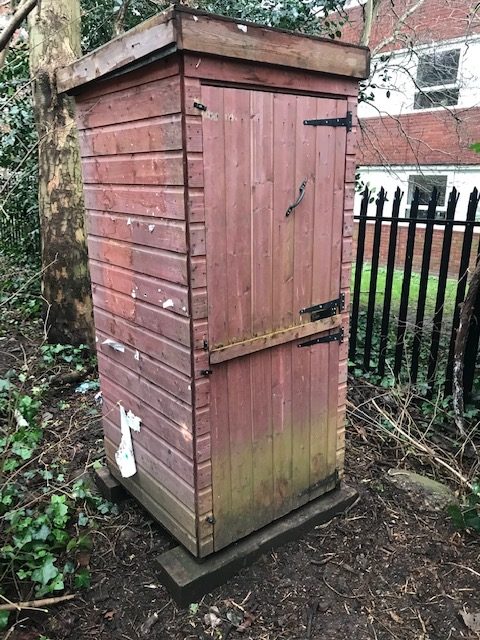
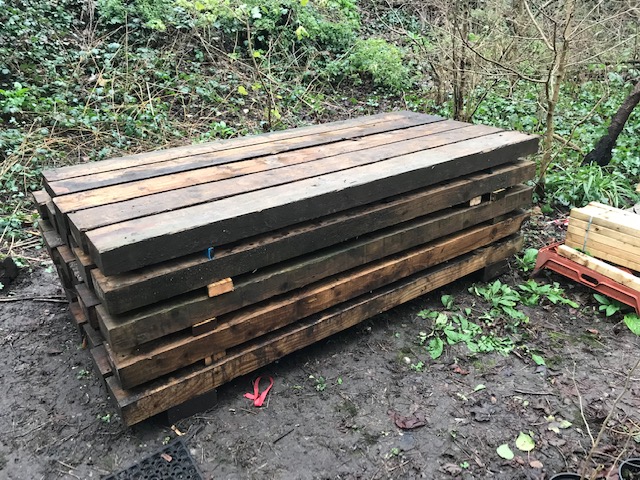
Our usual activities of removing excessive amounts of bramble continued and committee member Jerry Avis was once again repairing damaged steps so that we could maintain safe access to the woodland. Plant-wise, there’s still very little activity, but the hazel catkins are in full bloom, bluebells are already starting to emerge and some of the early flowering primroses have wonderful and delicate pale yellow flowers on show.
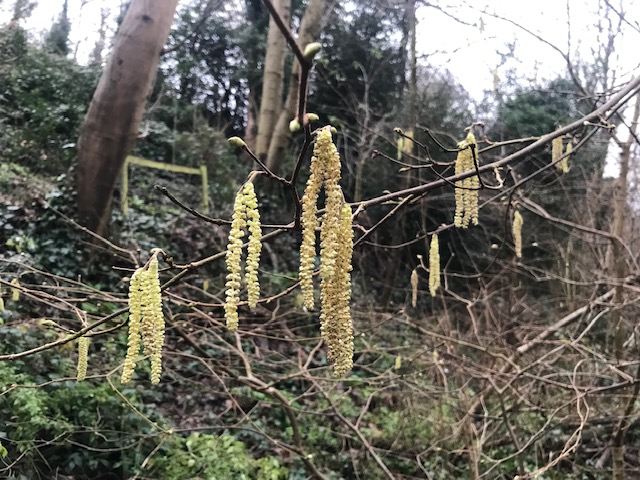
Work continues to make sure that fallen trees are being dealt with for safety reasons. Finally, the pond is looking very well, it’s absolutely full of water.
